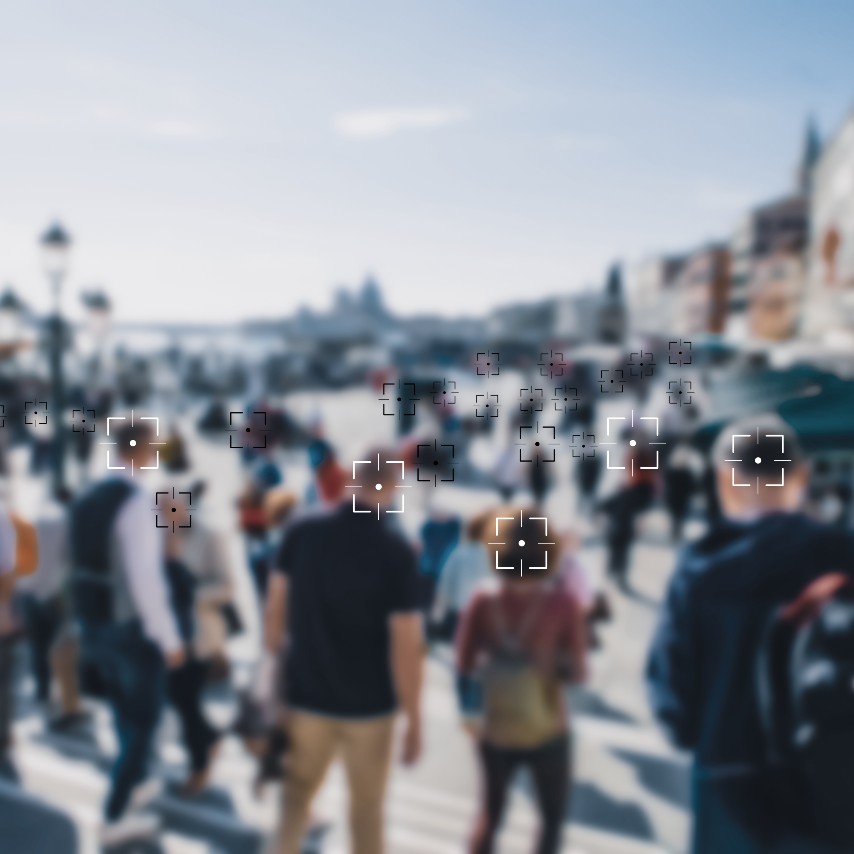Published:
Facial recognition is becoming more and more common throughout several different industries. Whether it is companies using it for marketing, law enforcement using it to identify suspects, or tech companies to unlock devices easily, facial recognition is seen almost everywhere in our lives. Companies like Apple, Lowe’s, Albertsons, Macy’s, and Ace Hardware already use the technology, while places like Walgreens, McDonald’s, 7-Eleven, Best Buy, Kohl’s, Starbucks, and Ross are just a few among the ones that might use it in the future. It is not only seen in a variety of companies, but The Interpol Face Recognition System (IFRS) also has a database that spans more than 179 countries. The big question remains: should facial recognition be implemented in a war zone?
After Russia invaded Ukraine, Hoan Ton-That, the chief executive of the facial recognition company Clearview AI, started considering how he could help. With his app able to instantly identify someone from just a photo, Mr. Ton-That delivered a message to Ukrainian officials in hopes that they would use it to identify people who might be spies and the deceased. These uses, he claimed, could be valuable to a country under attack and offered ClearView’s services to Ukraine for free. As a result, the New York-based Clearview has generated more than 200 profiles for users at five Ukrainian government institutions, with over 5,000 searches in less than a month. In addition, it has identified deceased military and captured soldiers and travelers in the nation by verifying the names on their official identification cards. Clearview’s app has been translated into Ukrainian as well.
Despite these attractive statistics, there is also much to think about on the other side. Critics warn that digital corporations may use a crisis to expand with little or no privacy control. In addition, any problems created by the software or individuals using it might have severe implications in a war zone. Evan Greer, a deputy director for the digital rights group Fight for the future, says, “War zones are often used as testing grounds not just for weapons but surveillance tools that are later deployed on civilian populations or used for law enforcement or crowd control purposes.”
Facial recognition in a war zone has its many pros and cons. Although facial recognition allows quick and easy identification to solve crimes and aid soldiers’ families, the feature also raises questions about racism and other biases within artificial intelligence systems. Faces might appear similar. Thus, additional evidence, such as distinguishing marks, tattoos, or clothes, is required to verify a match. It’s unclear whether that will happen in a stressful, wartime atmosphere.
File under






